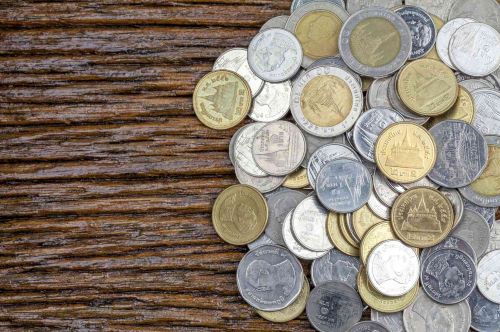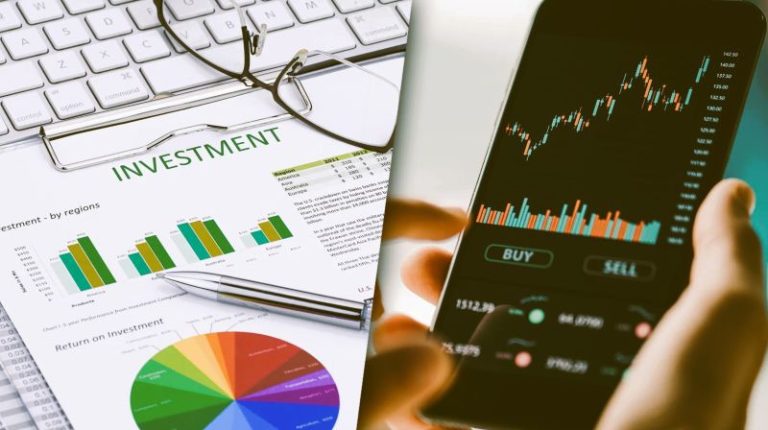

Investing in precious metals can be a brilliant way to diversify an investment portfolio and offer a hedge against inflation. This article delves into the essentials of precious metal investments, providing insight into the benefits, risks, and plans to help individuals make informed decisions. Investing in CFDs (Contracts for Difference) presents an opportunity to engage with the gold market without needing physical ownership. This financial derivative allows stakers to speculate on the rise or fall of gold prices, offering flexibility and the potential for leveraging. Investing in precious metals is a strategic way to protect your wealth against market fluctuations. Whether you’re new to the market or an experienced investor, Money Metals offers a user-friendly platform to buy and sell gold and silver with ease.
It’s essential to approach gold CFD trading with an understanding of latest market trends and a solid risk management strategy, as this can enhance investment outcomes while minimising potential losses. This method suits those seeking exposure to gold prices with increased liquidity and less capital outlay.
Understanding Precious Metals
Precious metals like gold, silver and platinum, are valued for their rarity, industrial uses, and historical significance as monetary assets. These commodities are traded globally and are recognised for their ability to retain value over time. The allure of these metals extends beyond just investment opportunities; they also play crucial roles in various industrial applications. For instance, silver’s exceptional conductivity makes it indispensable in electronics, while platinum’s resistance to corrosion is vital for catalytic converters in vehicles. This diverse utility underscores their importance in modern technology and industry, further solidifying their status as valuable assets.
Gold
Due to its stable value and demand, gold is often considered a “safe-haven” asset. It is used extensively in jewellery and electronics and as an investment in forms such as bars, coins, and exchange-traded funds (ETFs). For those preferring not to hold physical assets, trading gold CFD offers a flexible alternative to capitalising on the price movements of gold without the need for direct ownership.
Silver
Silver has a dual character as both an investment and an industrial metal. Its wide-ranging applications in sectors such as electronics, solar energy, and medical technologies make it highly valuable.
Platinum and Palladium
These are crucial in automotive manufacturing for catalytic converters, which reduce harmful emissions. Their value is tied closely to automotive industry demands and technological advancements.
Benefits of Investing in Precious Metals
Investing in precious stones has several benefits that can enhance an investment portfolio.
Inflation Hedge
Historically, precious metals have maintained their value even during economic instability. They can hedge against inflation and money devaluation, preserving purchasing power.
Diversification
Adding a non-correlated asset like precious metals to a portfolio can reduce the overall risk. They typically do not move in tandem with stock markets, providing balance during periods of market volatility.
Tangible Assets
Unlike digital or paper investments, these are tangible assets. They can be stored and held, providing security and permanence.
Market Volatility
Prices of precious metals can be highly unstable, influenced by global economic conditions, market demand, and geopolitical events. Such volatility can lead to significant price fluctuations. Investors must remain vigilant, as sudden changes in the market can affect the value of these assets. Central bank policies, inflation rates, and currency strength are key factors that can sway their prices. Understanding these elements can help investors anticipate market movements and make more informed decisions in their trading strategies.
Storage and Insurance
Physical metals require secure storage and insurance, which can incur additional costs. Investors must ensure proper security measures to protect their assets. Options for storage include bank safety deposit boxes, private vaults, or secure home safes. Choosing the right insurance coverage is important as it safeguards the investment against theft or loss. Engaging with reputable insurance providers who specialise in it can offer tailored solutions that match the specific needs and value of the investor’s holdings.
Liquidity
While gold and silver are highly liquid assets, others might not be as easy to sell quickly without losing value, especially in specialised forms like large bars or unique coins. Platinum and palladium, for instance, often have smaller markets and fewer buyers, which can complicate quick transactions. Investors may consider more standardised forms of these metals to enhance liquidity, such as bullion coins and smaller bars, which are easier to trade on various exchanges and with dealers worldwide.
Investment Strategies
Adopting effective strategies is crucial for anyone looking to invest in precious metals. Here are some commonly used approaches.
● Physical Metals
Buying physical gold, silver, platinum, or palladium bars and coins is a direct investment method. It’s essential to buy from reputable dealers and consider secure storage solutions.
1. Precious Metals Funds
Investing in precious metals funds or ETFs can be an awesome alternative for those who prefer not to hold physical assets. These funds invest in various physical metals and mining companies, providing exposure without the need to manage physical assets.
1. Mining Stocks
Investing in companies’ stocks that mine precious metals is another strategy. However, this comes with additional risks related to business operations and stock market fluctuations. Investing in precious metals can give various advantages, from hedging against inflation to diversifying a portfolio. By carefully considering different investment methods, investors can find a strategy that fits their risk tolerance and financial objectives. Conducting detailed research and seeking advice from financial experts greatly aids in navigating this complex market, allowing investors to capitalise on the potential of precious metals fully. This informed approach is critical to leveraging the enduring value and stability these assets can bring to an investment portfolio.


